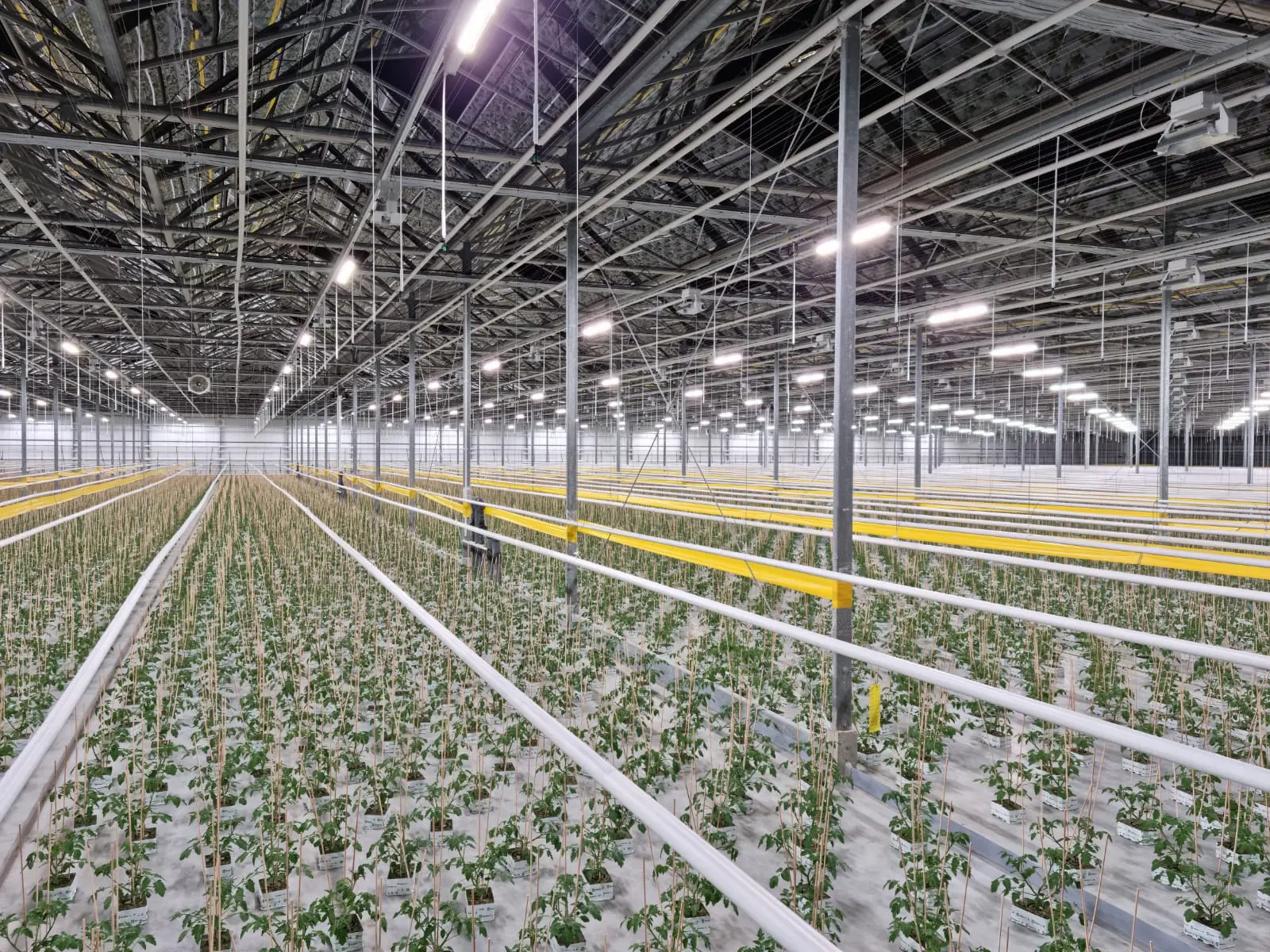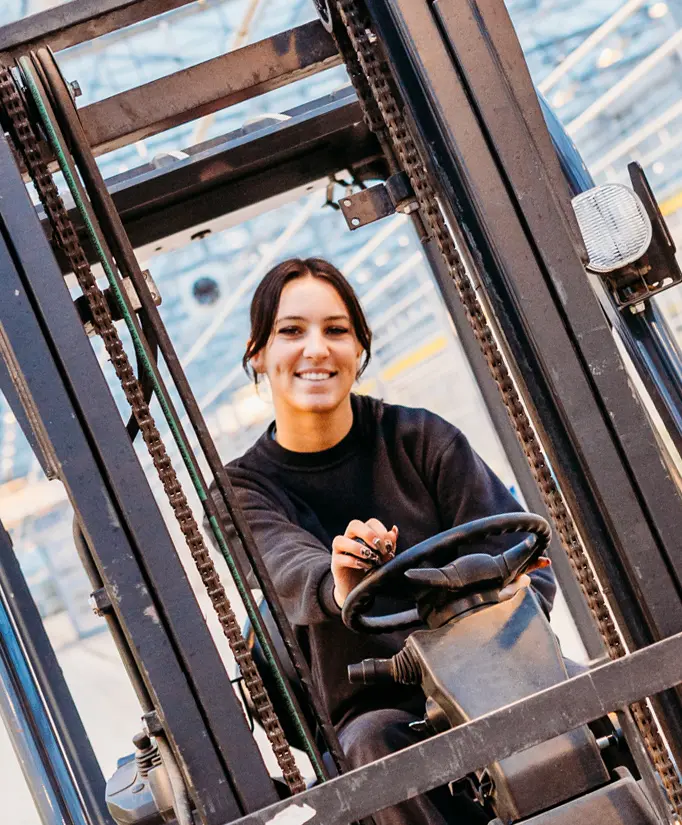News
Brilliant news: hybrid lighting for ‘s-Gravenzande 2
The last potted plants of this season left the greenhouse, the completely new hybrid lighting installation entered the greenhouse. That is pretty much the current state of affairs at our newest cultivation location on Aaksterlaan in ‘s-Gravenzande.
What preceded…
Prior to the renovation of our second cultivation location in ‘s-Gravenzande, we and a professional team were faced with a number of decisions, including a very important one: lighting. Many different options were literally examined. After all, the lighting must meet a long list of requirements. From a sustainability perspective, it should contribute to our mission to make the world a little greener every day and at the same time we think it is extremely important to guarantee optimal quality of our plants.
After thorough research and various tests, the choice fell on the hybrid lighting solution from Fluence. Hybrid lighting consists of a combination of LED and HPS (also called Son-T) lighting. Both types of light can burn simultaneously or separately. Why this hybrid variant suits us so well? How exactly does this form of lighting work? And what is so interesting about this? Erik van der Arend, one of the directors of WPK, and Dennis and Leo, the professionals involved in this project from Fluence, explain it.
The golden combination called hybrid lighting
“In some parts of the year, extra heat in the greenhouse is not desirable from a cultivation point of view. Thanks to the hybrid form of lighting, we are able to illuminate exclusively with LED at those times,” says Erik. Leo adds: “WPK and P. van Geest enjoy a good lighting level as standard and can illuminate the crop in a sustainable way. In spring, summer and autumn they can do this in an even more sustainable way, namely by only using LED lighting. LED consumes less power because electricity is converted into light more efficiently.”
“Customers of WPK and P. van Geest can rely on a uniform product with consistent quality”
“The interesting thing about the chosen lighting of Fluence is the right degree of cooling. The fixture does not get that hot. Moreover, the spectrum is widely applicable,” Erik explains. “This provides flexibility for WPK and P. van Geest. HPS and the white broad spectrum LED lamps used are not only suitable for cucumber or tomato plants, but a much wider diversity of crops,” Dennis adds. Leo is also very positive about the results of the hybrid form of lighting. “At WPK and P. van Geest we opted for a broad, white spectrum. This is similar to the sunlight spectrum. The plant itself will therefore not quickly notice the difference between natural light and LED light. Both forms of light mix nicely with each other. By choosing the right spectrum you will achieve benefits in the form of better plant quality and model and faster plant development. Customers of WPK and P. van Geest can therefore rely on a uniform product with consistent quality that fits seamlessly with the prevailing growing conditions at the customer himself – especially in winter,” says Leo.
Of course, like any long-term choice, this transition comes with challenges and requires extra attention. “Boundaries must be rediscovered, including in terms of cultivation techniques. Anyway, that’s what WPK and P. van Geest are for. They have the qualities needed to achieve this. The people here love the profession and see this as a wonderful learning process,” says Dennis.


